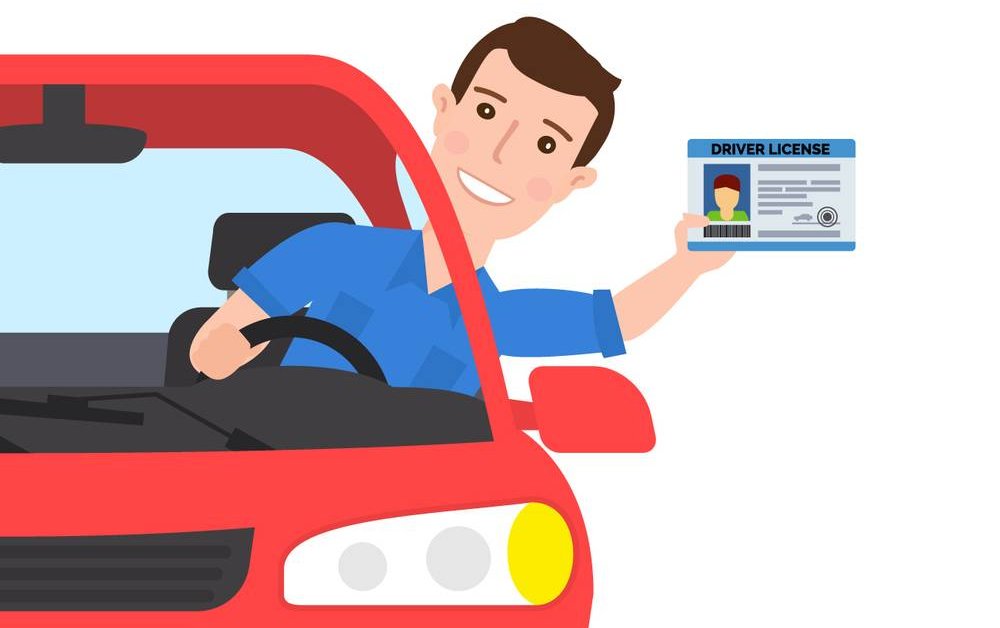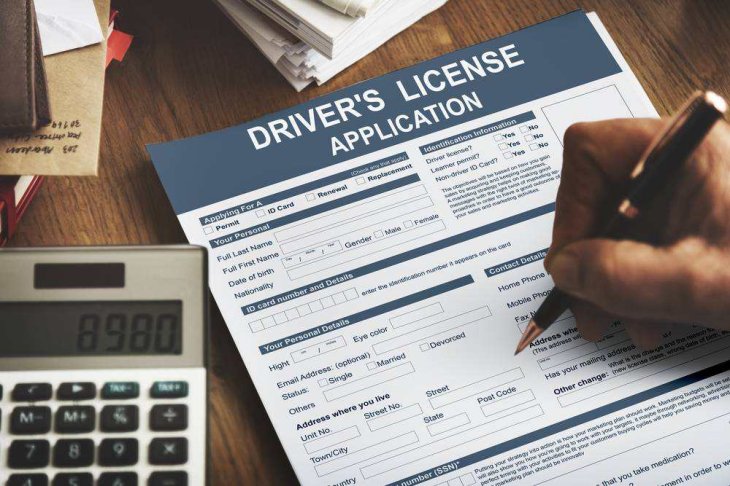Indian Government To Use Technology For Driving License Issuance
Anita - Aug 06, 2019

The proposed Motor Vehicles Bill’s goal is to handle major crucial issues like road safety and impose strict penalties for those breaking the rules.
- Vivo iQOO Pro Series Launched With Snapdragon 855 Plus & 5G Support
- About 50% Of Delhi Applicants Failed The Automated Driving Test
The Indian government aims to cut down the human interface and take advantage of technology for driving license issuance, which is expected to restrain corruption as well as road accidents in this country.

Nitin Gadkari, Transport Minister in Lok Sabha on July 22, added that getting a driving license is expected to be simpler.

The intent of the Indian government to carry out the regulations for getting a driving license are able to come true after the Motor Vehicles Amendment Bill 2019 gets the approval of the Rajya Sabha and Lok Sabha. According to the latest information, the Lok Sabha on July 23 approved the Motor Vehicles Bill, 2019, which was proposed to amend the Motor Vehicles Act 1988 as well as increase the number of penalties for road violations.
Licenses’ computerization will get rid of multiple licenses. According to Gadkari, 30 percent of driving licenses in India are fake. Therefore, the proposed bill’s provisions are expected to reduce the number of bogus licenses.

The Minister said:

In addition, according to him, it is much harder in other countries to get a driving license.
In addition, a one-year window instead of one month will be given for the registration for the license renewal.
The proposed Motor Vehicles Bill’s goal is to handle major crucial issues like road safety. In addition, the bill plans to impose strict penalties for those violating the rules, which enhances the Indian public transport system. As per the Road Transport and Highways Ministry, about 146,000 deaths in India were caused by road accidents in 2015. And there were around 300,000 victims injured in road accidents this year.
Featured Stories

Features - Jul 01, 2025
What Are The Fastest Passenger Vehicles Ever Created?

Features - Jun 25, 2025
Japan Hydrogen Breakthrough: Scientists Crack the Clean Energy Code with...

ICT News - Jun 25, 2025
AI Intimidation Tactics: CEOs Turn Flawed Technology Into Employee Fear Machine

Review - Jun 25, 2025
Windows 11 Problems: Is Microsoft's "Best" OS Actually Getting Worse?

Features - Jun 22, 2025
Telegram Founder Pavel Durov Plans to Split $14 Billion Fortune Among 106 Children

ICT News - Jun 22, 2025
Neuralink Telepathy Chip Enables Quadriplegic Rob Greiner to Control Games with...

Features - Jun 21, 2025
This Over $100 Bottle Has Nothing But Fresh Air Inside

Features - Jun 18, 2025
Best Mobile VPN Apps for Gaming 2025: Complete Guide

Features - Jun 18, 2025
A Math Formula Tells Us How Long Everything Will Live

Features - Jun 16, 2025
Comments
Sort by Newest | Popular